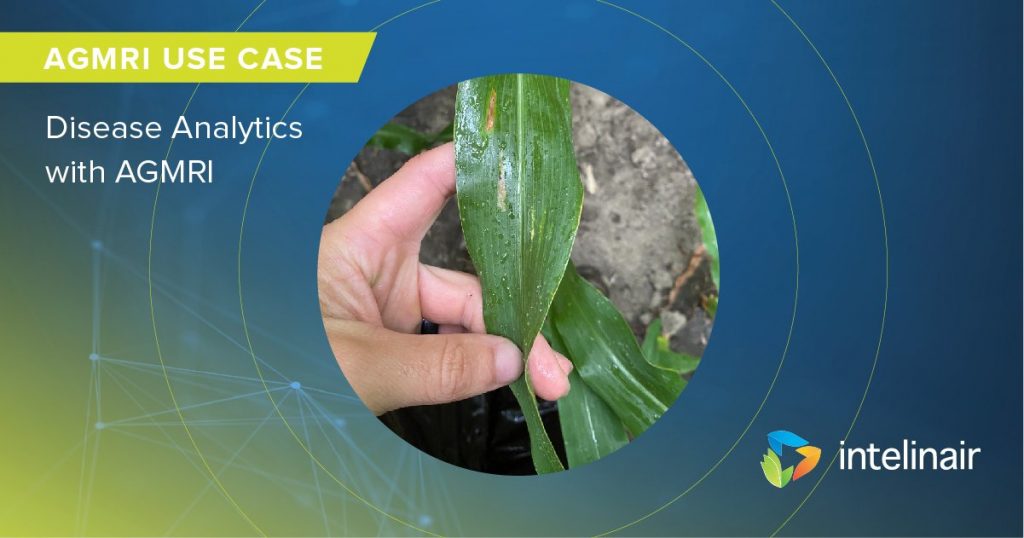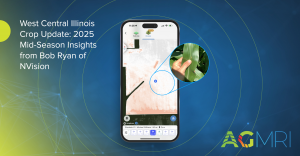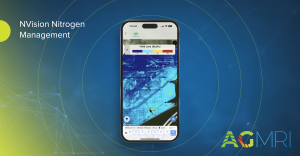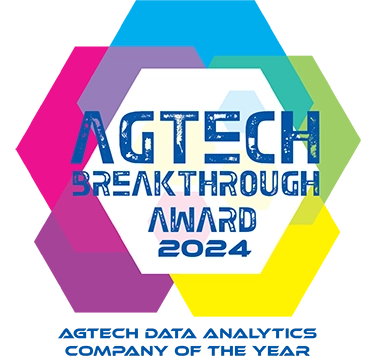Each year, plant diseases cost the global economy around $220 billion, and invasive insects around $70 billion, according to the Food and Agriculture Organization of the United Nations. Ag retailers and farmers have an easy to use tool to help manage the threat of disease with AGMRI. The AGMRI platform evaluates fields for potential disease presence using thermal imagery mid-season. Thermal imagery detects elevated heat patterns which is a potential indicator of disease pressure. When an alert is triggered, the alert polygon can guide users to where in the field to scout for disease pressure.
Using AGMRI, a crop advisor reviewed the thermal map that alerted the potential for disease to be present in a farmer’s field. After viewing the alert, the crop advisor scouted the field and found gray leaf spot present in the field.
Due to the disease alert, a crop advisor was able to quickly confirm disease presence, identify the disease type and severity, and develop a plan with the grower that involved a fungicide application that was not previously scheduled.
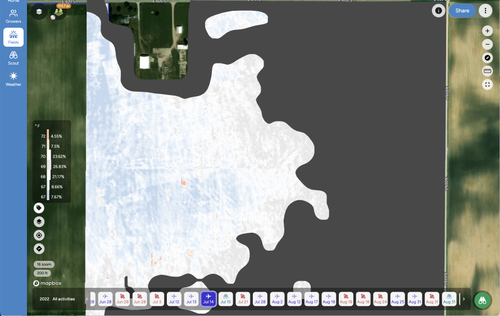
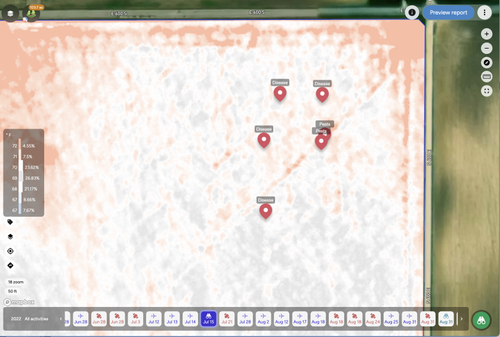
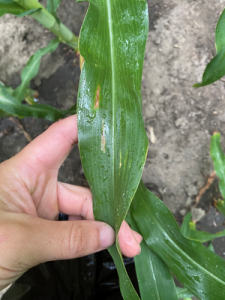
Scouting Tips:
Use the AGMRI app to capture these observations to help a crop advisor or farmer determine the next action to take.
-
Correctly identify the disease based upon foliar symptoms. Many universities have Crop Scouting apps or pocket guides to aid in identifying the correct disease.
-
Determine the plant stage. This is helpful to deciding what products to use or how the disease could affect yield.
-
Quantify the severity:
-
Count the number of plants infected in a defined block
-
Estimate the percent of leaf affected
-
Review economic injury and threshold information to determine when applications are appropriate
-
Read more here on our field scouting blog. Contact us for more information on our disease analytics or to schedule an AGMRI demo.

